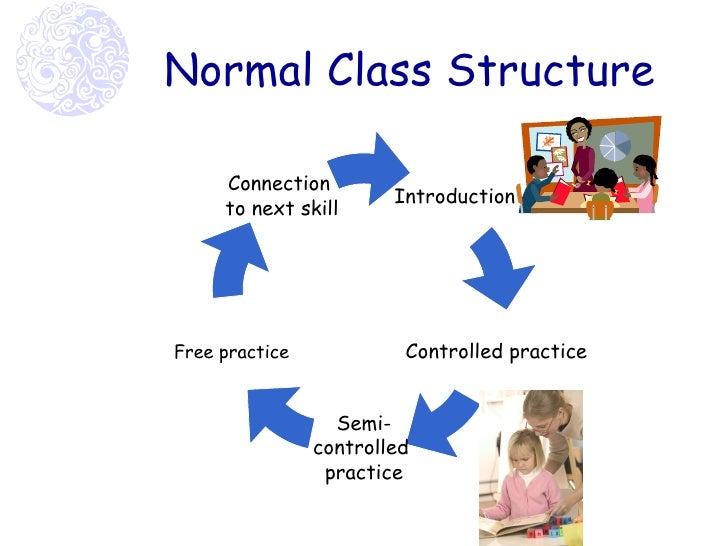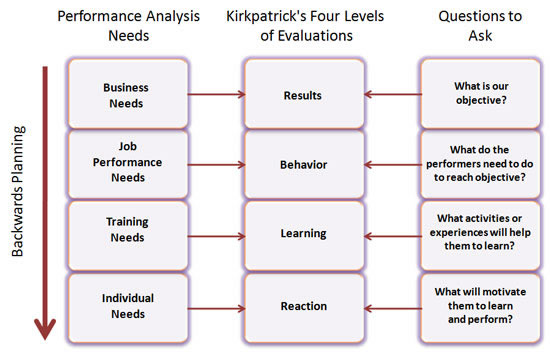ASSESSMENT TYPES AND TASKS

One way to check students' understanding about the language or the topic they have learned, teachers use assessment to judge learners'performance. there are two ways to assess a student like formal through test and informal through observation when they are on their performance. There are some and each of the have different purposes depending on what we want to have at the end of the test, maybe a dignostic to know prior knowledge, placement to place students in the right course, progress to check how they progress into the syllabus. Teachers have to take into consideration that each test either formal or informal, at the end students will have a feedback on what they have done good or bad. Test are developed in an objective way with multiple choice and just one answer is correct or subjective where teachers use rubrics to grade students' thoughts.
This web page is useful for you to check the types of assessment
Lepi, K., Lepi, K., Dunn, J., Dunn, J., Carey, J., & Lepi, K. et al. (2014). The 6 Types Of Assessments (And How They're Changing) | Edudemic . Edudemic.com. Retrieved 6 December 2014, from http://www.edudemic.com/the-6-types-of-assessments-and-how-theyre-changing/

